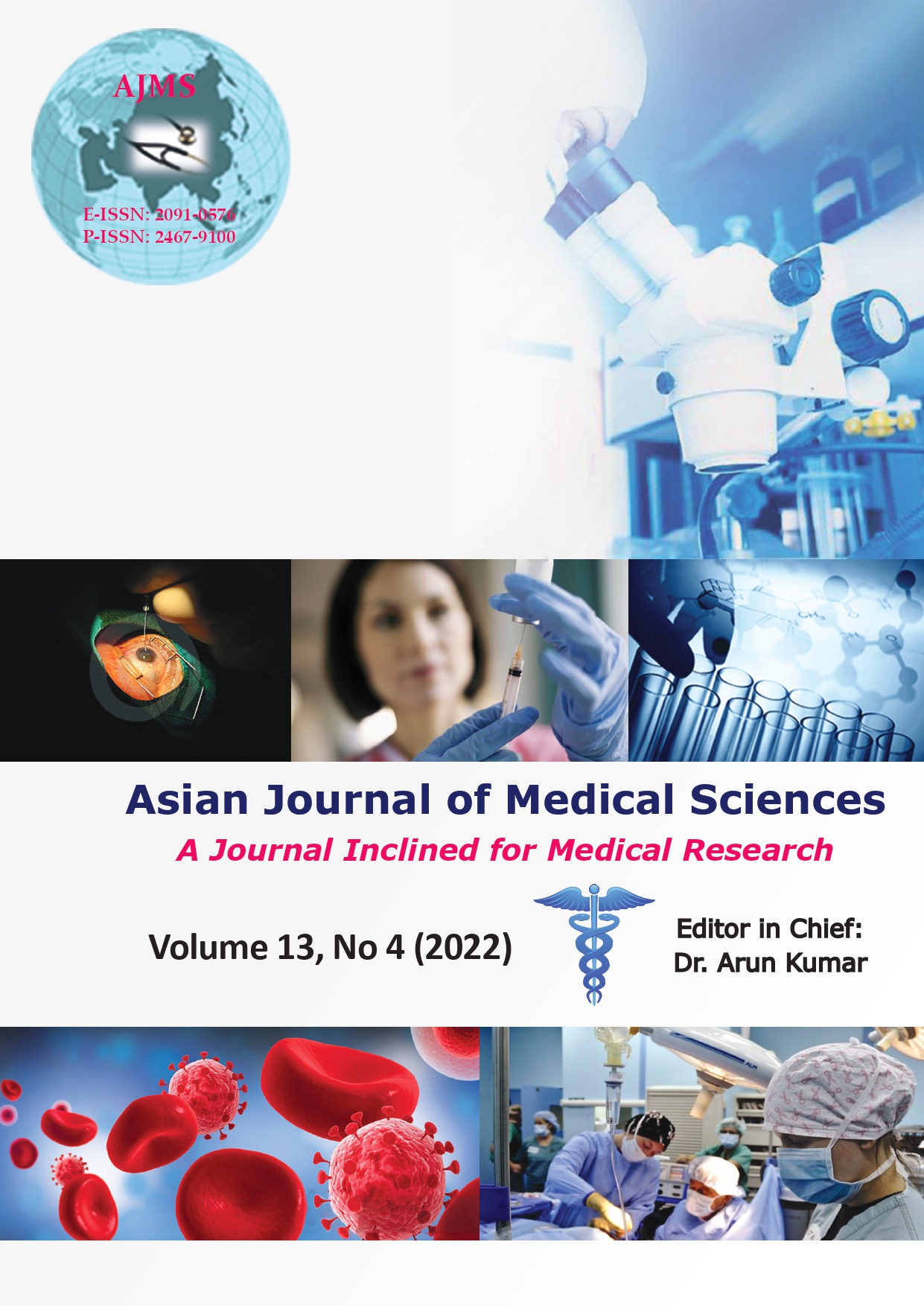Comparative study of Foley’s catheter and prostaglandin E2 gel for pre-induction cervical ripening
Keywords:
Foley’s catheter, Induction of labour, Prostaglandin E2 gelAbstract
Background: Induction of labor is a crucial and customary clinical procedure in obstetrics. It is arguably one of the most abused procedures. Cervical ripening determines the success of delivery. The availability of newer oxytocics and induction techniques which are simpler and also more predictable has significantly modified our traditionally conservative attitude toward induction of labor.
Aims and Objectives: The objective of this study was to determine the effectiveness of Foleys catheter against prostaglandin E2 (PGE2) gel for pre-induction cervical ripening.
Materials and Methods: Women attending hospital for induction of labor, with a Bishop’s score <6, were allocated randomly to Foley’s group (Group F) and PGE2 gel group (Group P). Fifty women were allocated to Foley’s group (Group F) and 50 were allocated to gel group (Group P). The Foley’s group had a number 18 Foley catheter inserted into cervix, bulb inflated and placed on traction. Further augmentation was done, after Foleys extrusion or 6 h after gel, either with PGE2 gel or oxytocin solution depending on Bishops score.
Results: The Foley’s group had significantly higher change in Bishop’s score (3.12 vs. 2.66, P=0.04). The Foleys group required lesser number of further doses of gel as compared to gel group. No differences were found between the two groups with respect to induction to delivery interval, mode of delivery, non-reassuring fetal heart rate patterns, or baby weight.
Conclusion: Foleys catheter was associated with greater change in Bishops score as compared to intracervical PGE2 gel. It was not associated with any side effect during induction process.
Downloads
Downloads
Published
How to Cite
Issue
Section
License
Copyright (c) 2022 Asian Journal of Medical Sciences

This work is licensed under a Creative Commons Attribution-NonCommercial 4.0 International License.
Authors who publish with this journal agree to the following terms:
- The journal holds copyright and publishes the work under a Creative Commons CC-BY-NC license that permits use, distribution and reprduction in any medium, provided the original work is properly cited and is not used for commercial purposes. The journal should be recognised as the original publisher of this work.
- Authors are able to enter into separate, additional contractual arrangements for the non-exclusive distribution of the journal's published version of the work (e.g., post it to an institutional repository or publish it in a book), with an acknowledgement of its initial publication in this journal.
- Authors are permitted and encouraged to post their work online (e.g., in institutional repositories or on their website) prior to and during the submission process, as it can lead to productive exchanges, as well as earlier and greater citation of published work (See The Effect of Open Access).




